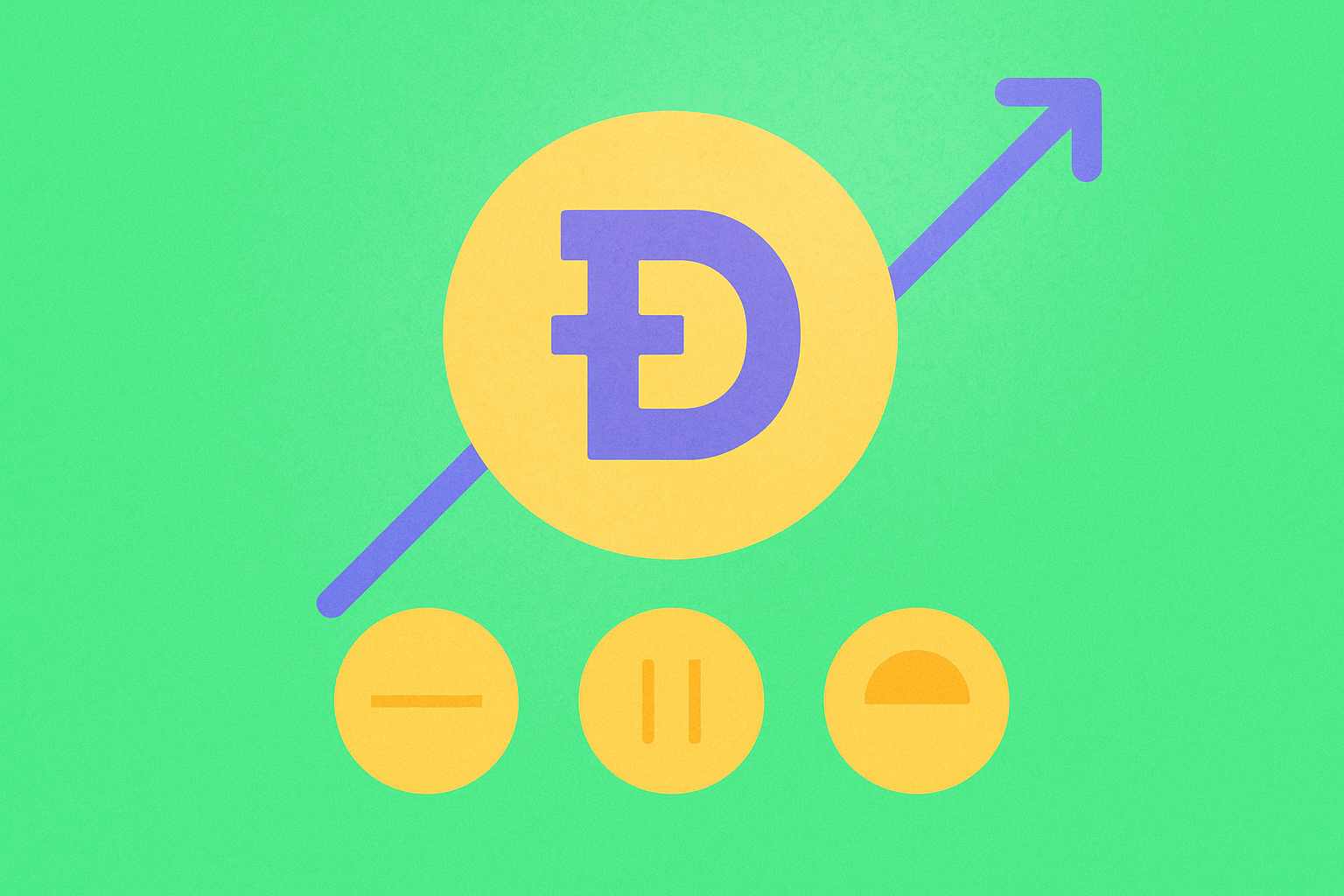BARD ve BCH: Dijital Dönüşümde Yapay Zekâ Dil Modelleri ile Bitcoin Cash'in Karşılaştırılması


Giriş: BARD ile BCH Arasında Yatırım Karşılaştırması
Kripto para piyasasında Lombard (BARD) ile Bitcoin Cash (BCH) karşılaştırması, yatırımcıların gündeminden düşmeyen bir konu olmayı sürdürüyor. Her iki varlık, piyasa değeri sıralaması, kullanım senaryoları ve fiyat performansı açısından belirgin farklar göstermesinin yanı sıra, kripto para dünyasında farklı konumlanmalara sahip. Lombard (BARD): Lansmanından bu yana, Bitcoin’in kullanım alanını dönüştürmeye odaklanan DeFi girişimiyle piyasa tarafından hızla tanındı. Bitcoin Cash (BCH): 2017’den itibaren, Satoshi’nin küresel benimseme vizyonunu temel alarak zincir üstü ölçeklendirme çözümü olarak öne çıktı. Bu makalede, BARD ile BCH arasındaki yatırım değerini, geçmiş fiyat eğilimleri, arz mekanizmaları, kurumsal benimseme, teknolojik ekosistemler ve gelecek öngörüleri üzerinden kapsamlı biçimde analiz ederek yatırımcıların en çok merak ettiği şu soruya yanıt arıyoruz:
"Şu anda hangisini almak daha avantajlı?"
I. Fiyat Geçmişi Karşılaştırması ve Mevcut Piyasa Durumu
BARD (Coin A) ve BCH (Coin B) Tarihsel Fiyat Eğilimleri
- 2025: BARD, 23 Eylül 2025’te 1,5345 $ ile tüm zamanların en yüksek seviyesine çıktı, 10 Ekim 2025’te ise 0,2373 $ ile en düşük seviyesini gördü.
- 2017: BCH, Bitcoin’in hard fork’u ile piyasaya sürüldü ve ilk fiyatı 555,89 $’dı. 20 Aralık 2017’de 3.785,82 $ ile zirveye ulaştı.
- Karşılaştırmalı analiz: Son piyasa döngüsünde BARD, 1,5345 $’dan 0,626 $’a gerilerken; BCH, daha istikrarlı seyrederek şu anda 472,51 $ seviyesinde işlem görüyor ve 16 Aralık 2018’deki 76,93 $’lık dip seviyesinin oldukça üzerinde.
Mevcut Piyasa Durumu (20 Ekim 2025)
- BARD güncel fiyatı: 0,626 $
- BCH güncel fiyatı: 472,51 $
- 24 saatlik işlem hacmi: BARD 106.333,98 $ | BCH 3.145.677,89 $
- Piyasa Duyarlılık Endeksi (Korku & Açgözlülük Endeksi): 29 (Korku)
Gerçek zamanlı fiyatları görmek için tıklayın:
- BARD güncel fiyatı Piyasa Fiyatı
- BCH güncel fiyatı Piyasa Fiyatı
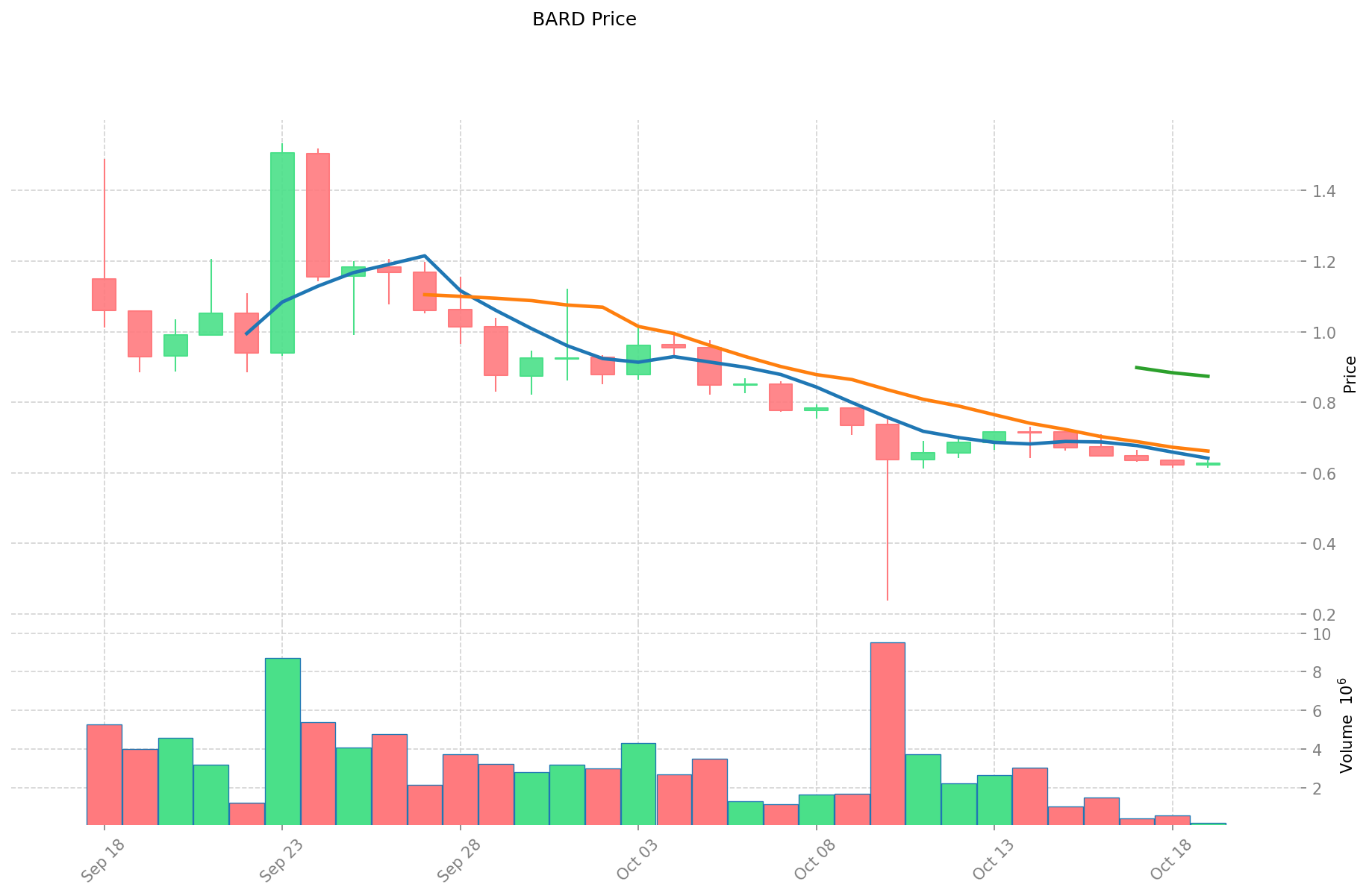
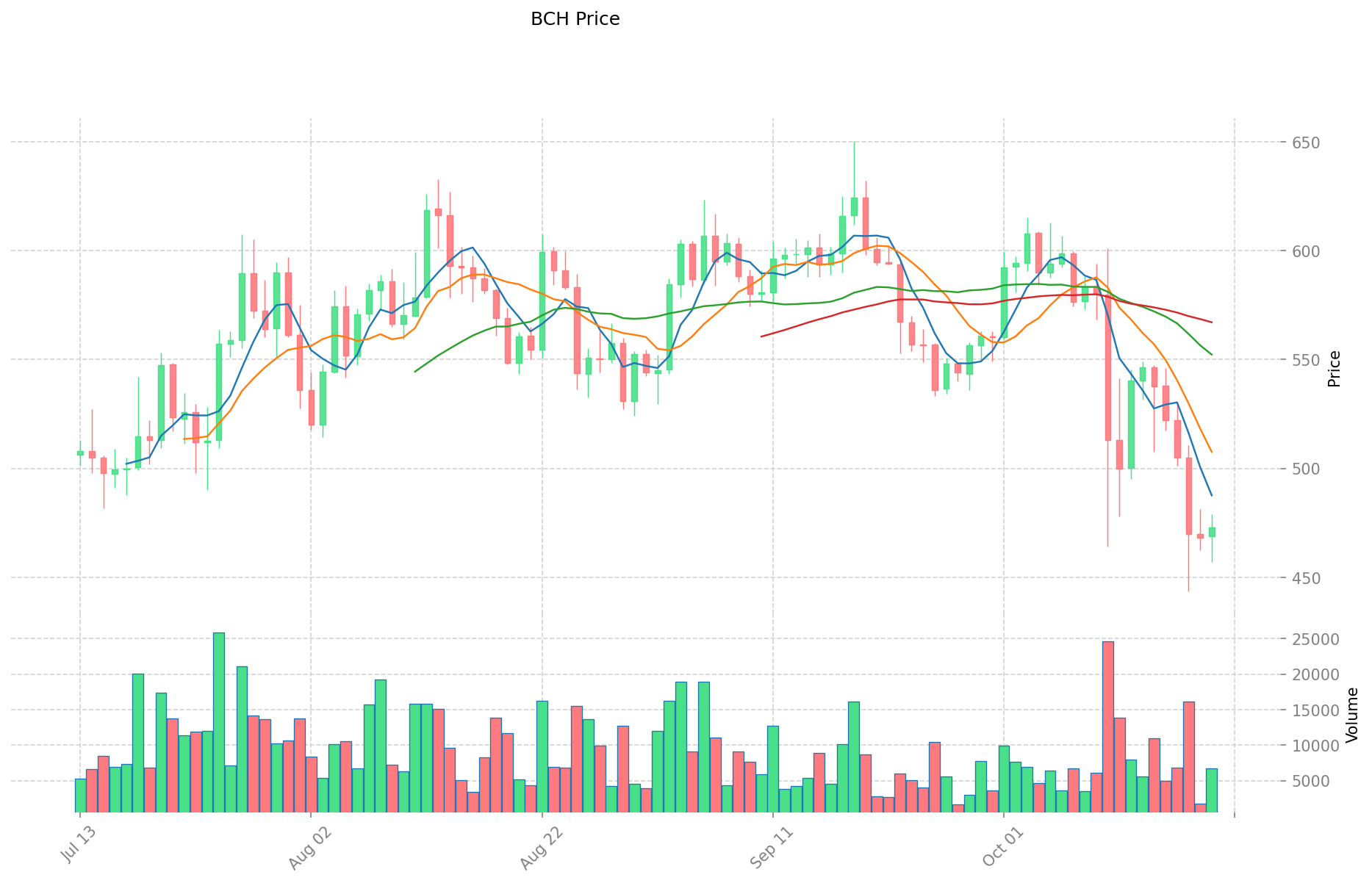
II. BARD ve BCH Yatırım Değerini Etkileyen Temel Unsurlar
Arz Mekanizmaları Karşılaştırması (Tokenomik)
- BARD: Maksimum 10 milyar token ile sabit arz modeli
- BCH: Bitcoin’e benzer şekilde, yarılanma mekanizması bulunan ve maksimum 21 milyon coin ile sınırlı arz
- 📌 Tarihsel Model: BCH’nin yarılanma mekanizması, döngüsel fiyat hareketleri oluştururken; BARD’ın sabit arz modeli, benimseme arttıkça zaman içinde kıtlık yaratmayı hedefliyor.
Kurumsal Benimseme ve Piyasa Uygulamaları
- Kurumsal Varlıklar: BCH, köklü bir Bitcoin fork’u olarak daha fazla kurumsal ilgi görürken; BARD henüz yaygın kurumsal benimseme aşamasında
- Kurumsal Kullanım: BCH, ödeme sistemleri ve sınır ötesi işlemlerde güçlü bir konumdayken; BARD merkeziyetsiz yapay zeka uygulamalarına odaklanıyor
- Düzenleyici Yaklaşımlar: Birçok ülkede BCH, diğer kripto paralarla benzer şekilde değerlendirilirken, AI token’ları olan BARD gibi varlıklar yapay zeka ve blokzincir kesişimindeki yeni düzenlemelere maruz kalabilir
Teknik Gelişim ve Ekosistem Oluşturma
- BARD Teknik Yenilikleri: AI modelleriyle entegrasyon ve merkeziyetsiz yapay zeka uygulamaları için altyapı geliştirme
- BCH Teknik Gelişimi: Ölçeklenebilirlik üzerinde odaklanma, SmartBCH ile akıllı kontrat özellikleri ve işlem verimliliğinin artırılması
- Ekosistem Karşılaştırması: BCH, daha olgun bir ödeme ekosistemi ve SmartBCH ile gelişen DeFi uygulamalarına sahipken; BARD, AI tabanlı merkeziyetsiz uygulamalar ve hizmetlerde kendine özgü bir niş oluşturuyor
Makroekonomik Faktörler ve Piyasa Döngüleri
- Enflasyon Dönemi Performansı: BCH, Bitcoin gibi "dijital altın" statüsünde olup, anti-enflasyonist özellikleriyle öne çıkarken; BARD’ın değeri AI sektörünün büyümesine daha fazla bağlıdır
- Para Politikası Etkisi: Her iki token da faiz oranları ve USD gücü gibi makroekonomik hareketlerden etkilenir; BCH’nin bu korelasyonları gösteren daha uzun bir veri geçmişi bulunuyor
- Jeopolitik Faktörler: BCH, finansal istikrarsızlık dönemlerinde artan sınır ötesi işlem talebinden faydalanırken; BARD, ülkeler AI teknolojisinde liderlik yarışına girdikçe talep artışı görebilir
III. 2025-2030 Fiyat Tahmini: BARD vs BCH
Kısa Vadeli Tahmin (2025)
- BARD: Muhafazakar 0,324896 $ - 0,6248 $ | İyimser 0,6248 $ - 0,781 $
- BCH: Muhafazakar 406,5478 $ - 472,73 $ | İyimser 472,73 $ - 614,549 $
Orta Vadeli Tahmin (2027)
- BARD, büyüme evresine girebilir; tahmini fiyat aralığı 0,57462075 $ - 1,13391828 $
- BCH, yükseliş piyasasına girebilir; tahmini fiyat aralığı 514,88097045 $ - 949,5207507 $
- Başlıca tetikleyiciler: Kurumsal fon akışı, ETF, ekosistem gelişimi
Uzun Vadeli Tahmin (2030)
- BARD: Temel senaryo 0,7081215460704 $ - 1,26450276084 $ | İyimser senaryo 1,26450276084 $ - 1,7955939203928 $
- BCH: Temel senaryo 549,3585771021216 $ - 858,372776722065 $ | İyimser senaryo 858,372776722065 $ - 1.184,5544318764497 $
Feragatname: Yukarıdaki tahminler, geçmiş verilere ve piyasa analizlerine dayanır. Kripto para piyasaları son derece oynak ve öngörülemezdir. Bu projeksiyonlar yatırım tavsiyesi değildir. Yatırım kararlarınızı almadan önce kendi araştırmanızı mutlaka yapın.
BARD:
| Yıl | Tahmini En Yüksek Fiyat | Tahmini Ortalama Fiyat | Tahmini En Düşük Fiyat | Değişim Oranı |
|---|---|---|---|---|
| 2025 | 0,781 | 0,6248 | 0,324896 | 0 |
| 2026 | 0,829422 | 0,7029 | 0,442827 | 12 |
| 2027 | 1,13391828 | 0,766161 | 0,57462075 | 22 |
| 2028 | 1,3490562888 | 0,95003964 | 0,8265344868 | 51 |
| 2029 | 1,37945755728 | 1,1495479644 | 0,827674534368 | 83 |
| 2030 | 1,7955939203928 | 1,26450276084 | 0,7081215460704 | 101 |
BCH:
| Yıl | Tahmini En Yüksek Fiyat | Tahmini Ortalama Fiyat | Tahmini En Düşük Fiyat | Değişim Oranı |
|---|---|---|---|---|
| 2025 | 614,549 | 472,73 | 406,5478 | 0 |
| 2026 | 793,71367 | 543,6395 | 282,69254 | 14 |
| 2027 | 949,5207507 | 668,676585 | 514,88097045 | 41 |
| 2028 | 857,644587921 | 809,09866785 | 493,5501873885 | 70 |
| 2029 | 883,37392555863 | 833,3716278855 | 775,035613933515 | 75 |
| 2030 | 1.184,5544318764497 | 858,372776722065 | 549,3585771021216 | 81 |
IV. Yatırım Stratejisi Karşılaştırması: BARD vs BCH
Uzun Vadeli ve Kısa Vadeli Yatırım Stratejileri
- BARD: AI teknolojisi potansiyeli ve merkeziyetsiz bilgi işlem arayışındaki yatırımcılar için uygun
- BCH: Yerleşik ödeme ağları ve enflasyona karşı koruma arayışında olan yatırımcılar için ideal
Risk Yönetimi ve Varlık Dağılımı
- Temkinli yatırımcılar: BARD %20 | BCH %80
- Agresif yatırımcılar: BARD %60 | BCH %40
- Koruma araçları: Stablecoin portföyü, opsiyonlar, çapraz para dağılımı
V. Potansiyel Risk Karşılaştırması
Piyasa Riski
- BARD: Yeni piyasası ve AI endüstrisindeki dalgalanmalar nedeniyle yüksek volatilite
- BCH: Genel kripto piyasa eğilimi ve Bitcoin fiyat hareketlerinden etkilenir
Teknik Risk
- BARD: Ölçeklenebilirlik, ağ istikrarı, AI entegrasyon zorlukları
- BCH: Madencilikte merkezileşme, potansiyel güvenlik açıkları
Düzenleyici Risk
- Küresel düzenleyici politikalar her ikisini farklı şekilde etkileyebilir; AI odaklı token’lar olan BARD gibi projeler yeni denetimlerle karşılaşabilir
VI. Sonuç: Hangisi Daha İyi Bir Alım?
📌 Yatırım Değeri Özeti:
- BARD’ın avantajları: Yapay zeka entegrasyonu, yıkıcı teknolojilerde potansiyel
- BCH’nin avantajları: Köklü geçmiş, ödemelerde yaygın kullanım, dijital nakit olma potansiyeli
✅ Yatırım Tavsiyesi:
- Yeni yatırımcılar: Yerleşik kripto varlıklara maruz kalmak için BCH’ye küçük bir pay ayırmayı değerlendirin
- Deneyimli yatırımcılar: Risk toleransına göre BARD ve BCH içeren dengeli portföy oluşturun
- Kurumsal yatırımcılar: BARD’ı uzun vadeli AI potansiyeli için, BCH’yi yerleşik kripto varlıklara erişim için analiz edin
⚠️ Risk Uyarısı: Kripto para piyasaları son derece oynaktır. Bu makale yatırım tavsiyesi değildir. None
Sıkça Sorulan Sorular
S1: BARD ve BCH arasındaki temel farklar nelerdir? C: BARD, sabit 10 milyar token arzı ile DeFi ve AI uygulamalarına odaklanır. BCH ise zincir üstü ölçeklendirmeyi hedefleyen, maksimum 21 milyon coin ve yarılanma mekanizmasına sahip Bitcoin fork’udur.
S2: Son dönemde hangi kripto para daha fazla fiyat istikrarı gösterdi? C: Son verilere göre BCH, 472,51 $ ile tüm zamanların en düşük seviyesinin oldukça üzerinde işlem gördüğü için daha istikrarlı. BARD ise 1,5345 $’dan 0,626 $’a gerileyerek daha fazla dalgalanma yaşadı.
S3: Kurumsal benimseme açısından BARD ve BCH nasıl karşılaştırılır? C: BCH, köklü bir Bitcoin fork’u olarak daha fazla kurumsal tanınırlık kazandı. BARD ise daha geniş kurumsal benimseme arayışında. BCH ödeme sistemlerinde güçlü; BARD merkeziyetsiz AI uygulamalarına odaklanıyor.
S4: Her iki kripto para için temel teknik gelişmeler nelerdir? C: BARD, AI modelleriyle entegrasyon ve merkeziyetsiz bilgi işlem altyapısı geliştirmeye odaklanıyor. BCH ise ölçeklenebilirlik, SmartBCH ile akıllı kontrat özellikleri ve işlem verimliliği üzerinde çalışıyor.
S5: Makroekonomik faktörler BARD ve BCH’yi nasıl farklı etkileyebilir? C: BCH, anti-enflasyonist özellikleriyle "dijital altın" olarak öne çıkıyor ve yüksek enflasyon dönemlerinde avantaj sağlayabilir. BARD’ın değeri ise AI sektöründeki büyüme ve teknolojik gelişmelere bağlı olarak değişebilir.
S6: 2030’da BARD ve BCH için öngörülen fiyat aralıkları nedir? C: BARD için temel senaryoda 0,71 $ - 1,26 $; iyimser senaryoda 1,26 $ - 1,80 $. BCH için temel senaryoda 549,36 $ - 858,37 $; iyimser senaryoda 858,37 $ - 1.184,55 $ aralığı öngörülüyor.
S7: Yatırımcılar BARD ve BCH’yi değerlendirirken risk yönetimine nasıl yaklaşmalı? C: Temkinli yatırımcılar portföylerinde BARD’a %20, BCH’ye %80 ağırlık verebilir; agresif yatırımcılar ise %60 BARD ve %40 BCH seçebilir. Stablecoin tahsisi, opsiyonlar ve çapraz para portföyü ile riskleri dengelemek faydalı olacaktır.

Bitminer Bot: Hype'a Değer Mi Yoksa Bir Kripto Tuzağı Mı?

2025 Kripto Varlıklar Pazar Analizi: Web3 Gelişimi ve Blok Zinciri Trendleri

2025 Bitcoin Borsa Rehberi: USD ve Piyasa Trend Analizi

Bitcoin fiyatı USD cinsinden: Bitcoin fiyat hareketi ve etki eden faktörlerin derinlemesine analizi

Jack Dorsey'nin 2025'teki Net Değeri: Kripto Yatırımları ve Web3 Etkisi

USDT'den PKR'ye – Yenilikler Neler

Merkeziyetsiz Alım Satımın Keşfi: Cosmos Platformuna Kapsamlı Bir Rehber
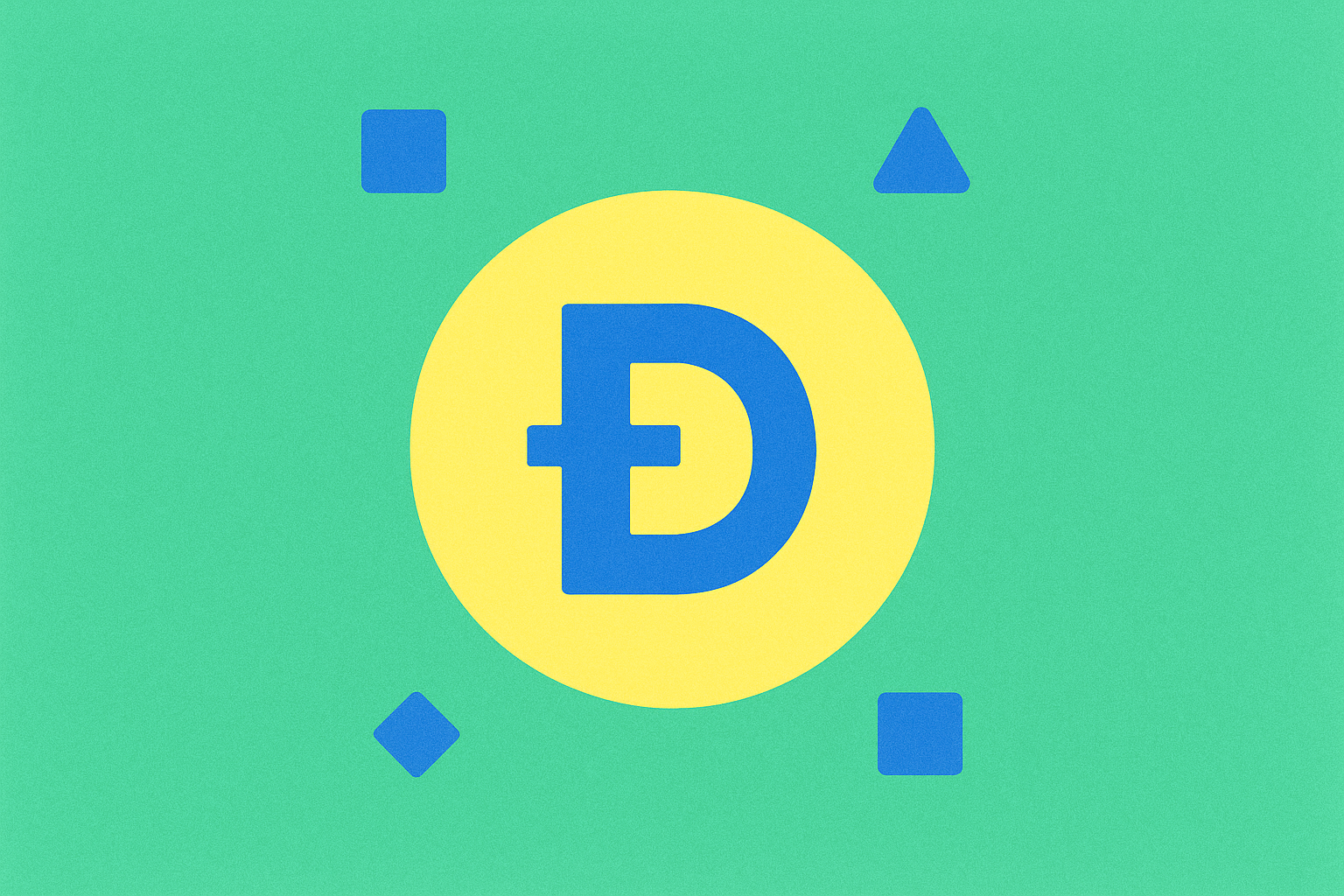
Dogecoin madenciliği teknikleriyle maksimum kâr elde edin

Gelişmiş MPC Cüzdan Teknolojisi sayesinde kripto para güvenliği daha üst seviyeye taşınıyor
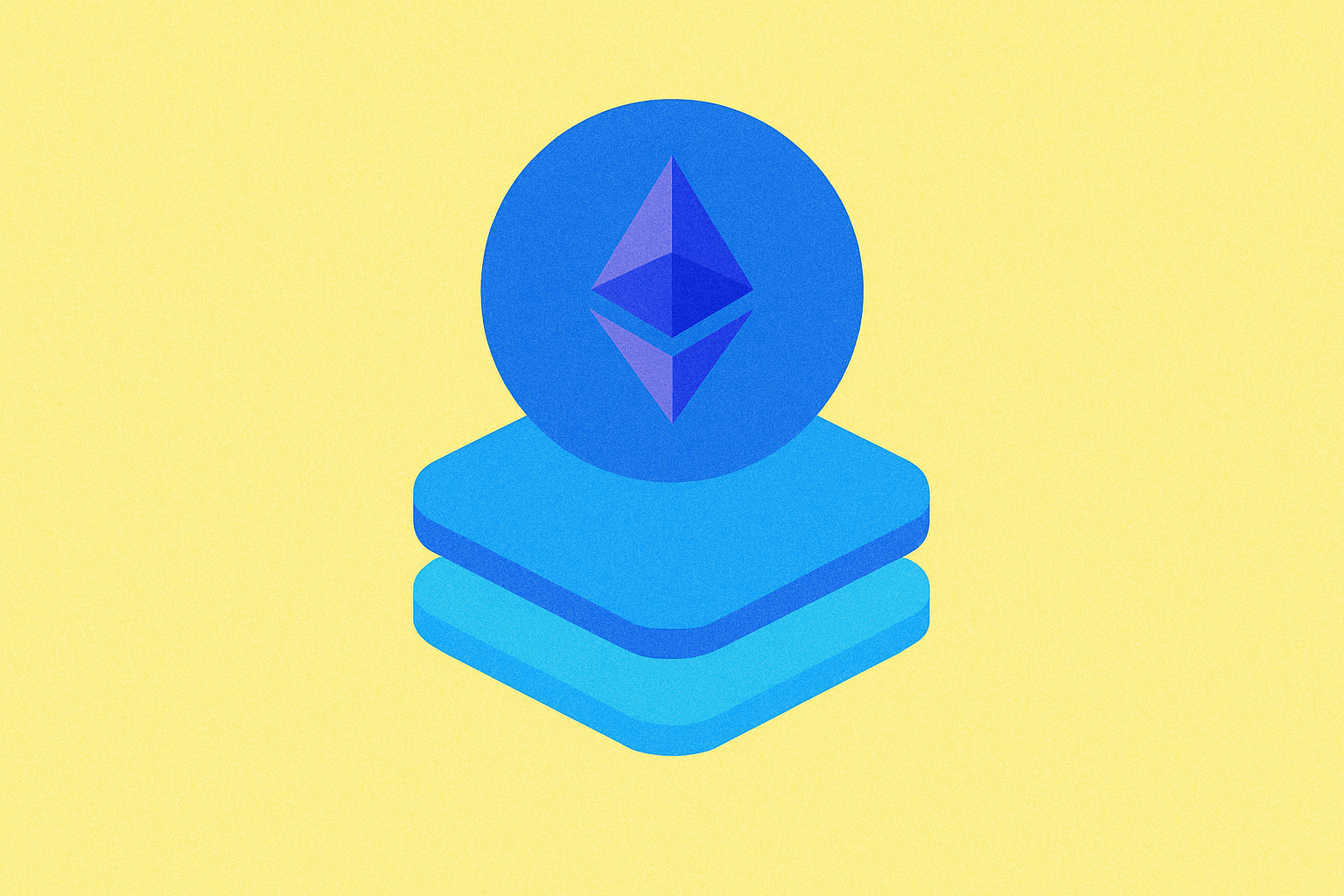
Linea'yı Keşfetmek: Layer 2 Ölçeklendirme Çözümlerinin Geleceği

IOTA'yı Keşfedin: Merkeziyetsiz Defter Teknolojisine Kapsamlı Bir Rehber
